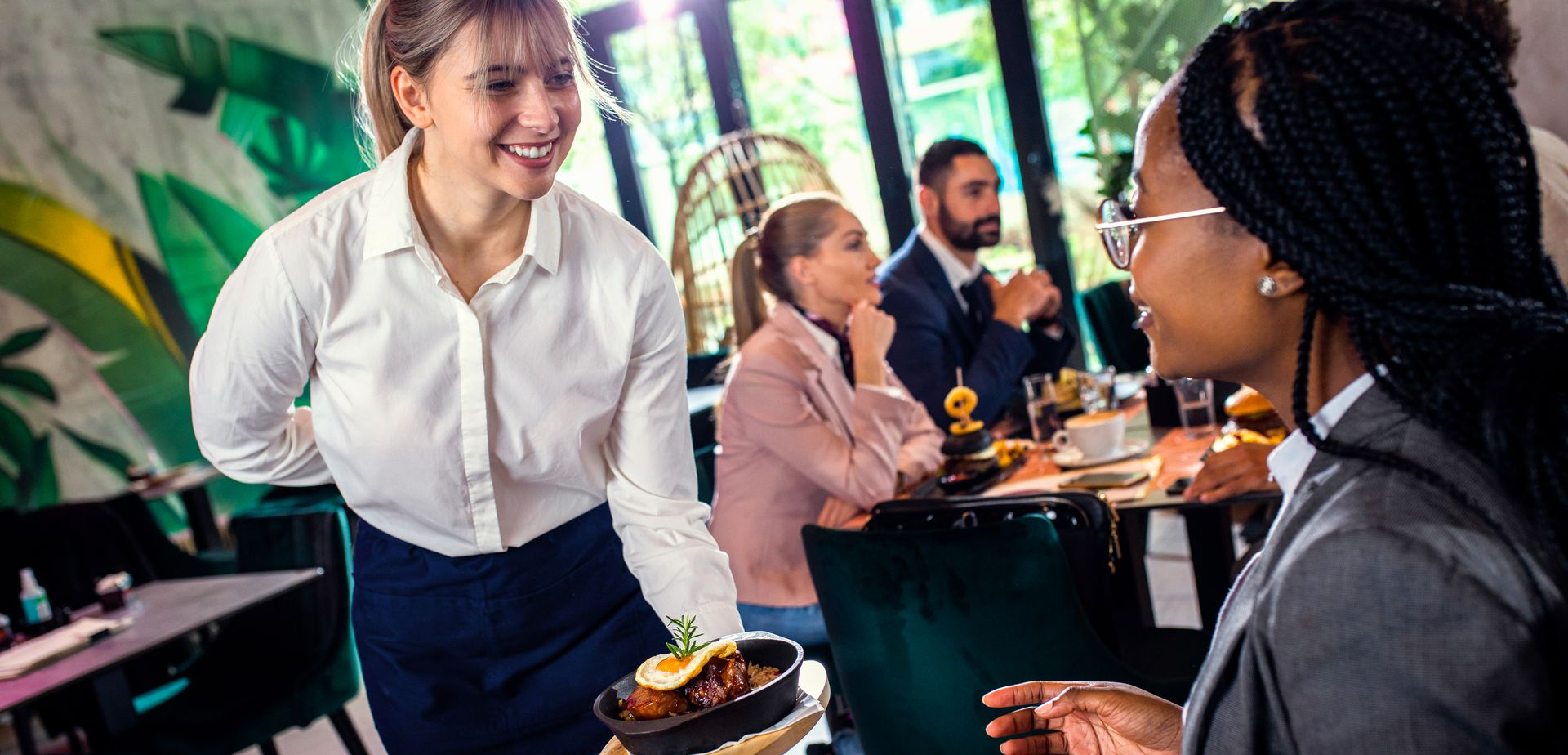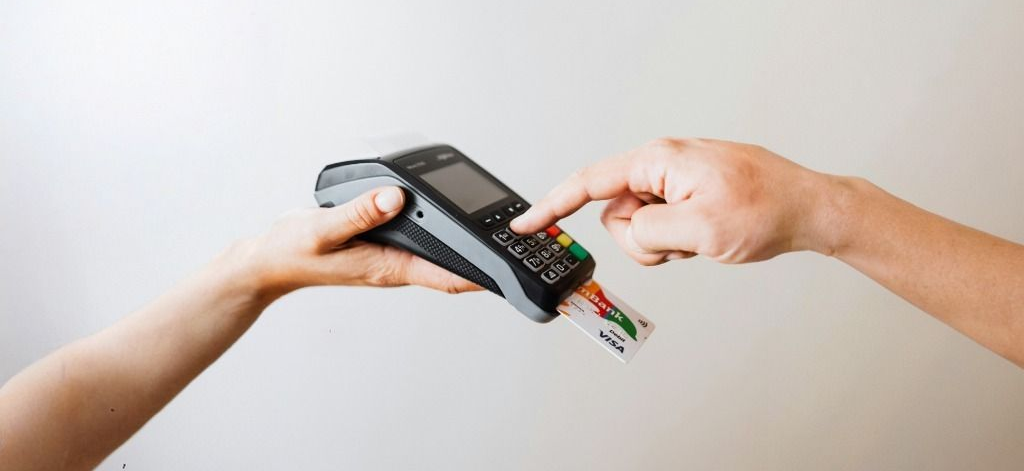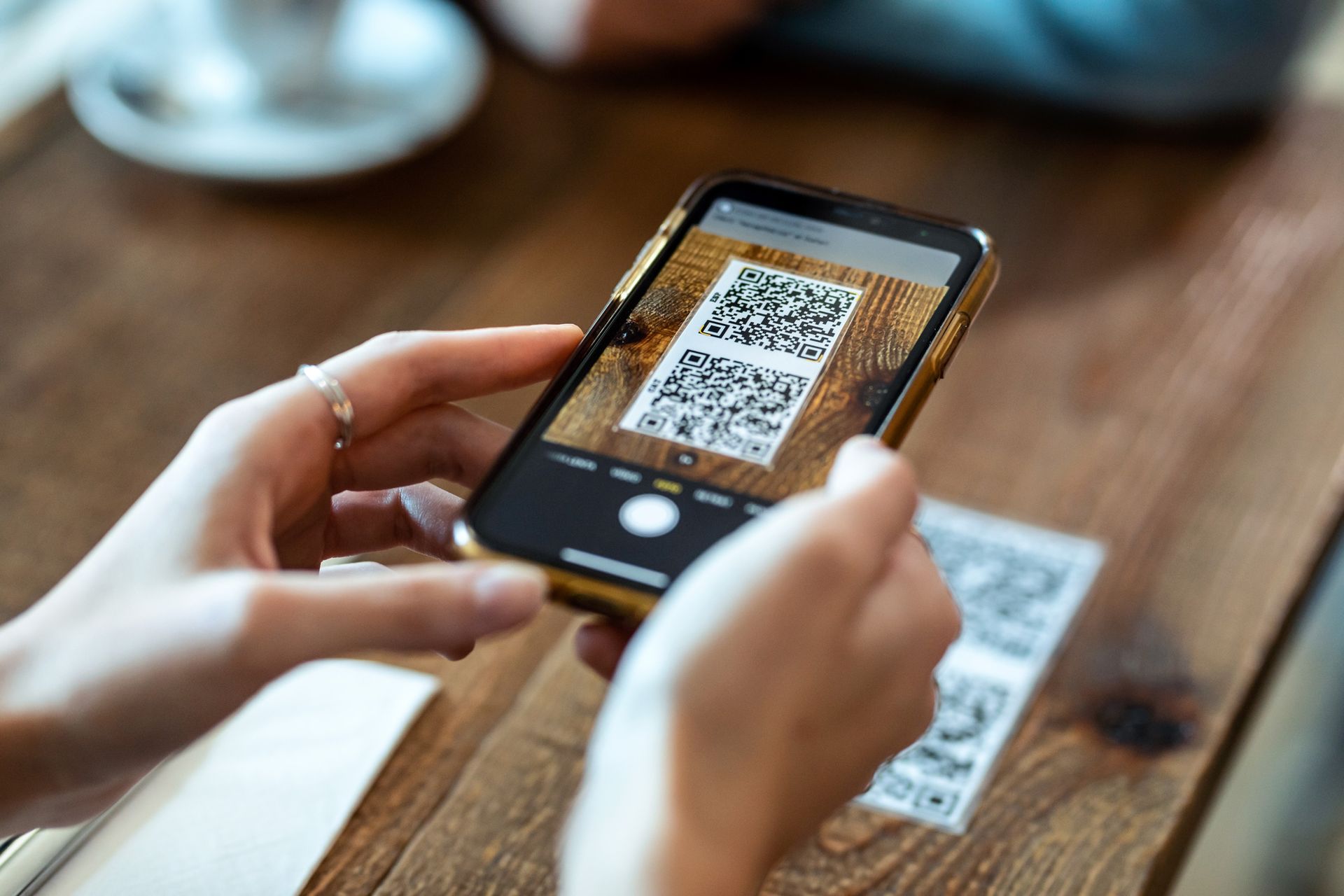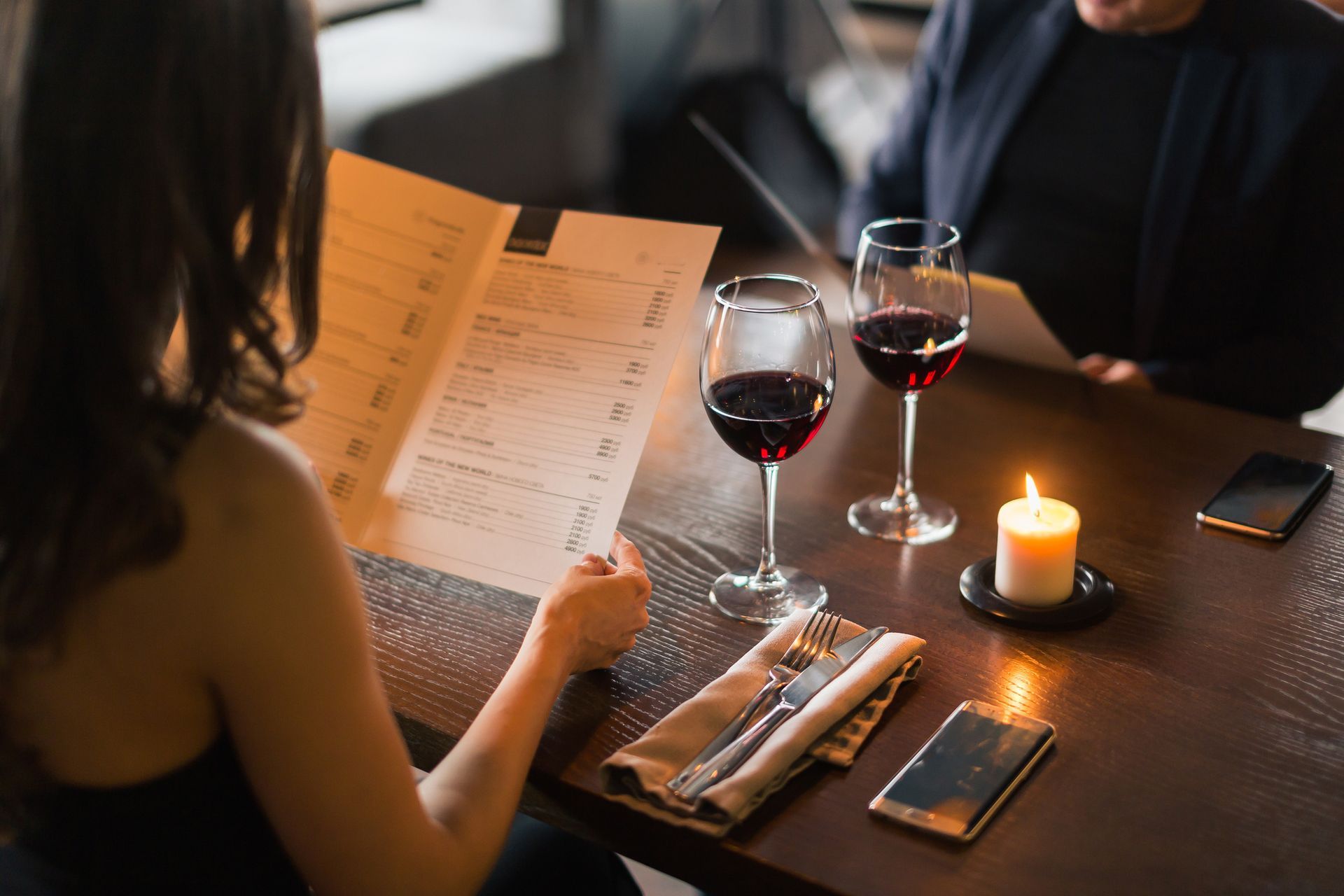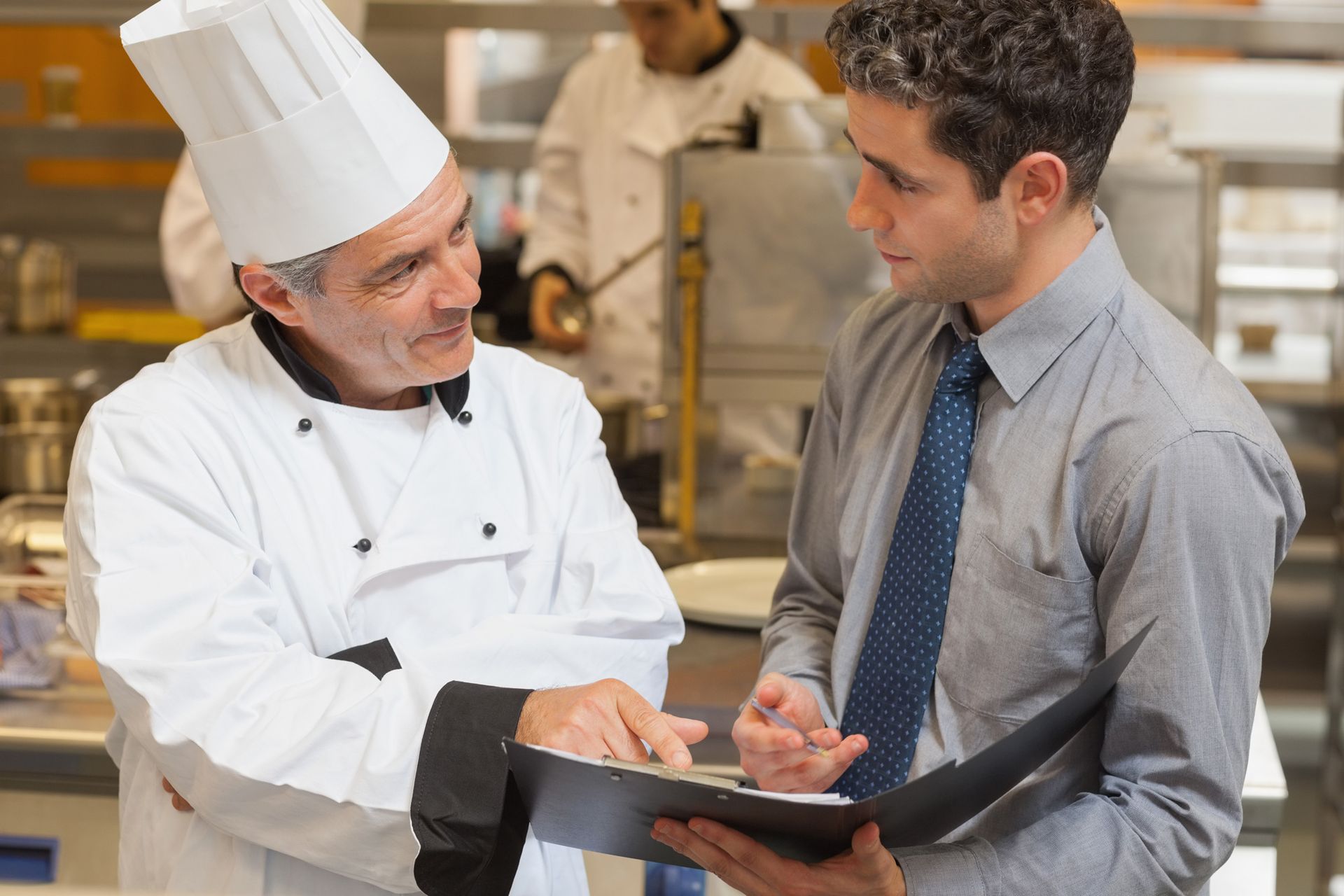14 Essential Features Every Restaurant Website Must Have (and Why)
In the ever-evolving landscape of the hospitality industry, your restaurant's digital presence is more crucial than ever. Your website is the virtual front door to your culinary world, the first impression that can make or break a potential diner's decision. In this blog post, we'll explore the essential features that transcend the mundane, ensuring your restaurant website stands out in the crowded digital dining space.
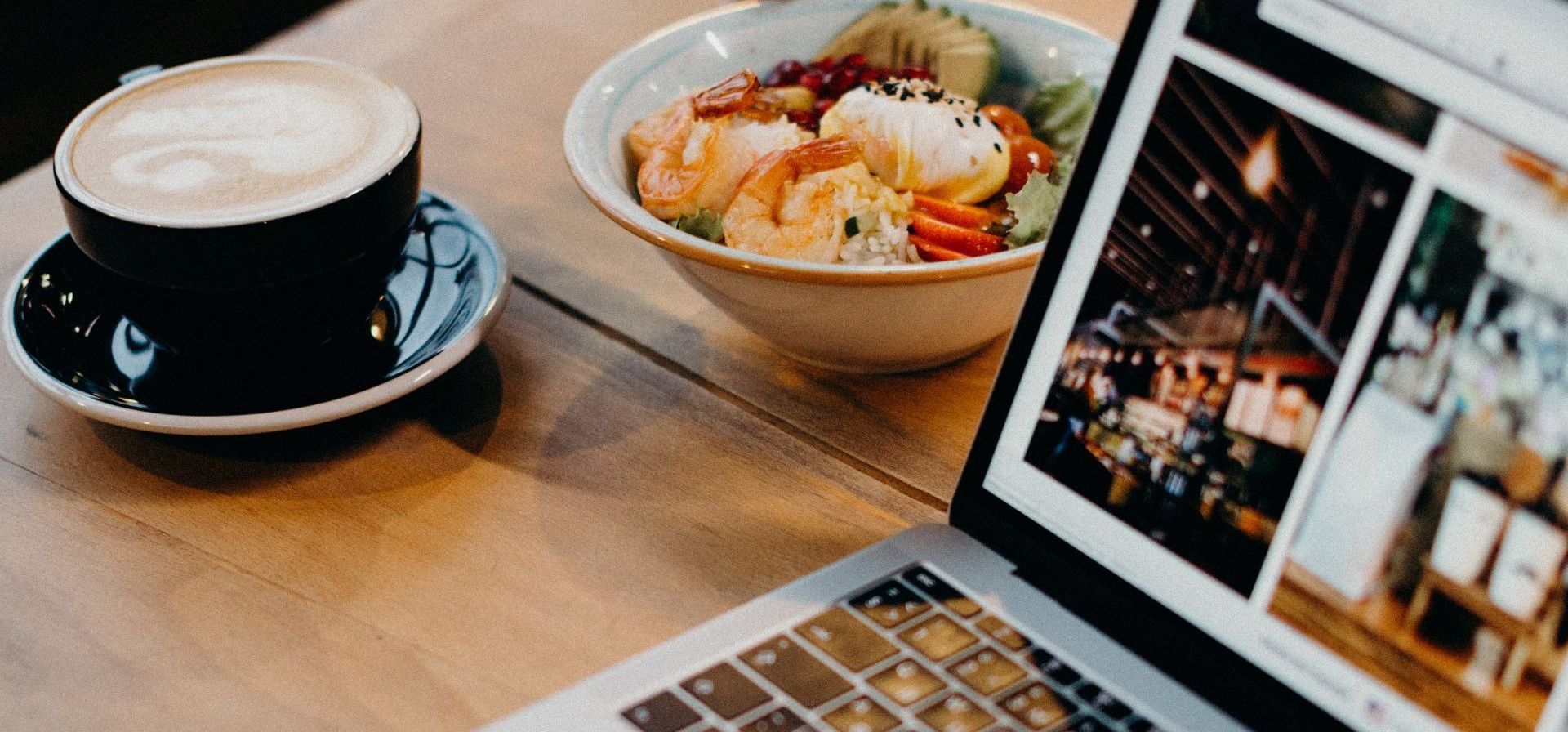
1. Mobile-First Design
Prioritize mobile responsiveness. Many users access websites on their phones, so your site must look and function well on various screen sizes.
2. Loading Speed
Optimize your site for fast loading speeds. Slow websites can turn away potential customers. Compress images and use efficient coding practices.
3. Sticky Navigation
Place a sticky navigation bar at the top or bottom for easy access to essential buttons like Click-To-Call, Order Online, and/or Make a Reservation. This ensures customers can take action swiftly.
4. Hero Image/Video
Use a captivating hero image or video that reflects the restaurant’s ambiance and cuisine. This visual element should be both inviting and reflective of the dining experience.
5. HTML Menu Optimization
Organize your menu in a clean, easy-to-read HTML format. Use concise descriptions, and consider grouping items logically. This aids in better user experience and SEO.
6. Reviews and Testimonials
Integrate customer reviews and testimonials. Genuine feedback builds trust. Highlight positive reviews to showcase your restaurant’s reputation.
7. Contact Info Clearly Displayed
Clearly display contact details, including phone number, email, and physical address. Make it easy for customers to reach you.
8. Reservation Widget
Embed a reservation widget directly on your site. This streamlines the booking process for customers and encourages more reservations.
9. Social Media Integration
Link your social media accounts. Social proof is crucial, and customers may want to follow you for updates and promotions.
10. Events Calendar
Include an events calendar for special occasions, promotions, or live entertainment. This not only engages customers but also contributes to SEO.
11. VIP/Newsletter Signup
Encourage customer loyalty by including a VIP or Newsletter signup form. Offer exclusive deals or updates to incentivize sign-ups.
12. Photo Gallery
Create a photo gallery showcasing your dishes, interior, and events. High-quality images can entice customers and make them eager to visit.
13. Private Events Page
Design a dedicated page for private events with a contact form. Make it easy for potential clients to inquire about hosting events at your restaurant.
14. Accessibility Features
Ensure your website complies with ADA accessibility standards. This makes your site usable for everyone, including those with disabilities and helps prevent compaints or lawsuits.
In conclusion, your restaurant's website is more than just an online presence; it's a digital extension of your culinary passion. By incorporating these essential features, you transform your website into an experience that captivates, engages and converts visitors into loyal patrons. Stay hungry for innovation, adapt to digital trends, and watch your restaurant's online success unfold.
